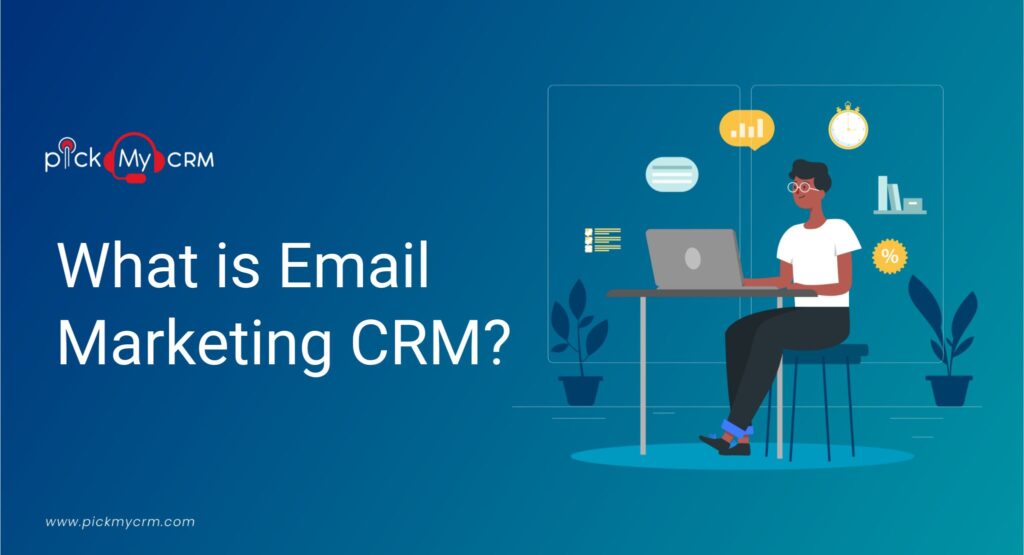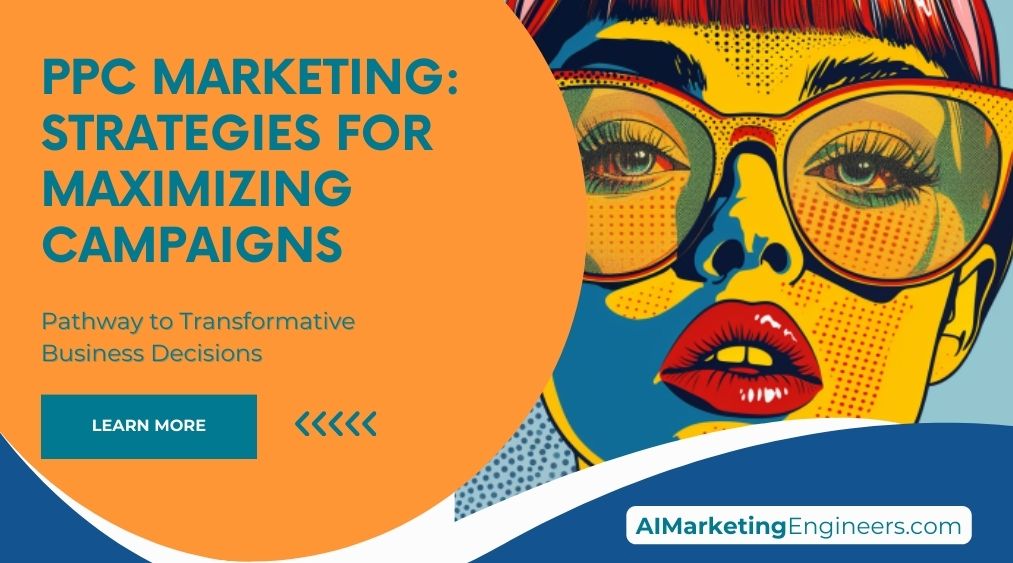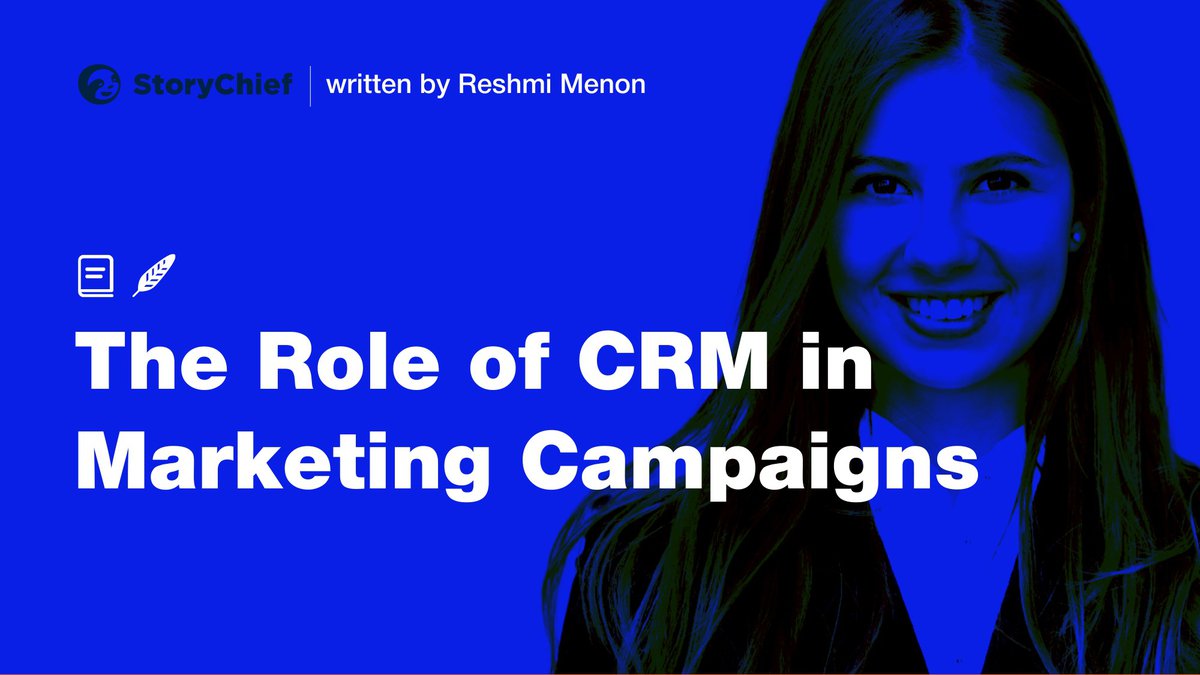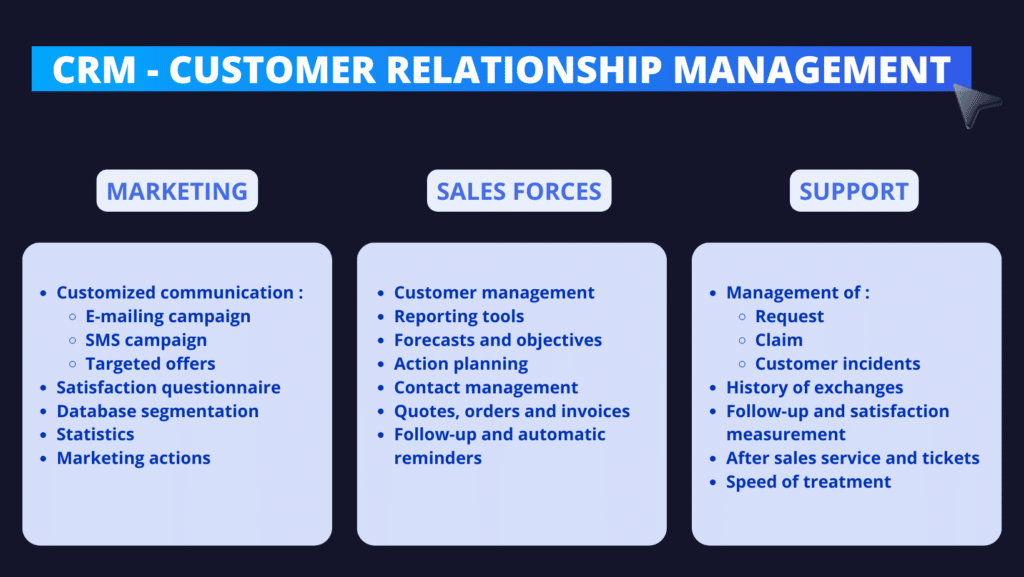
CRM Email Marketing: The Ultimate Guide to Supercharging Your Email Campaigns
Email marketing has been a cornerstone of digital marketing for years, and for good reason. It’s a direct, cost-effective way to reach your audience, build relationships, and drive conversions. But in today’s crowded inbox landscape, simply sending out generic emails just won’t cut it. That’s where the power of CRM email marketing comes in. It’s about leveraging the data you have about your customers – their preferences, behaviors, and interactions – to create highly targeted, personalized email campaigns that resonate and convert.
This comprehensive guide will delve deep into the world of CRM email marketing. We’ll explore what it is, why it’s so crucial, how to implement it effectively, and the best practices to follow to maximize your results. Get ready to transform your email marketing from a one-size-fits-all approach to a finely tuned engine that drives engagement and revenue.
What is CRM Email Marketing?
CRM, or Customer Relationship Management, is a strategy and a set of tools that help businesses manage and analyze customer interactions and data throughout the customer lifecycle. Email marketing, as we know, is the practice of sending emails to a list of subscribers to promote products, services, or build brand awareness. CRM email marketing, therefore, is the convergence of these two powerful forces. It’s the process of using your CRM data to inform and personalize your email marketing efforts.
Instead of blasting the same email to everyone on your list, CRM email marketing allows you to segment your audience based on various criteria – demographics, purchase history, website activity, and more. This enables you to send highly relevant emails that speak directly to the needs and interests of each segment. The result? Higher open rates, click-through rates, and, ultimately, conversions.
Key Components of CRM Email Marketing
- CRM System: This is the central hub where you store and manage all your customer data. Popular CRM platforms include Salesforce, HubSpot, Zoho CRM, and Microsoft Dynamics 365.
- Email Marketing Platform: This is the tool you use to design, send, and track your email campaigns. Many CRM systems have built-in email marketing functionalities, while others integrate seamlessly with dedicated email marketing platforms like Mailchimp, Constant Contact, and Klaviyo.
- Customer Data: This is the lifeblood of CRM email marketing. It includes information such as contact details, purchase history, website behavior, and any other data you collect about your customers.
- Segmentation: This is the process of dividing your audience into smaller groups based on shared characteristics. Effective segmentation is crucial for personalization.
- Personalization: This involves tailoring your email content to each individual or segment. This can include using the recipient’s name, recommending products based on their past purchases, or offering personalized discounts.
- Automation: This allows you to automate email workflows based on specific triggers, such as a new subscriber signing up or a customer abandoning their shopping cart.
- Analytics and Reporting: This involves tracking key metrics such as open rates, click-through rates, conversion rates, and revenue generated to measure the effectiveness of your campaigns and identify areas for improvement.
Why is CRM Email Marketing Important?
In a world overflowing with marketing messages, standing out is paramount. CRM email marketing gives you a significant edge by enabling you to deliver relevant, personalized experiences that resonate with your audience. Here’s why it’s so important:
Improved Customer Engagement
Personalized emails are far more engaging than generic ones. When you send emails that address your customers’ specific needs and interests, they’re more likely to open them, read them, and take action. This increased engagement builds stronger relationships and fosters customer loyalty.
Higher Conversion Rates
By targeting the right audience with the right message at the right time, you can significantly increase your conversion rates. For example, if you know a customer has browsed a specific product on your website but didn’t make a purchase, you can send them a personalized email with a special offer or a reminder about the product. This kind of targeted approach is much more effective than a generic promotional email.
Increased Revenue
Higher engagement and conversion rates directly translate to increased revenue. By nurturing your leads and customers with relevant content and offers, you can drive more sales and boost your bottom line. CRM email marketing is a powerful tool for generating revenue and driving business growth.
Enhanced Customer Retention
Retaining existing customers is often more cost-effective than acquiring new ones. CRM email marketing helps you keep your customers engaged and loyal by sending them valuable content, exclusive offers, and personalized recommendations. This can significantly reduce customer churn and increase customer lifetime value.
Better Customer Understanding
CRM email marketing provides valuable insights into your customers’ behavior and preferences. By tracking their interactions with your emails, website, and other touchpoints, you can gain a deeper understanding of their needs and interests. This information can be used to improve your products, services, and overall customer experience.
Increased Efficiency
Automation features in many CRM and email marketing platforms allow you to streamline your email marketing efforts. You can automate tasks such as sending welcome emails, follow-up emails, and abandoned cart recovery emails, freeing up your time to focus on other important aspects of your business.
How to Implement CRM Email Marketing Effectively
Implementing CRM email marketing effectively requires a strategic approach and a commitment to data-driven decision-making. Here’s a step-by-step guide to help you get started:
1. Choose the Right CRM and Email Marketing Tools
The first step is to select the right tools for your business. Consider your specific needs and budget when choosing a CRM and email marketing platform. Look for platforms that integrate seamlessly with each other and offer the features you need, such as segmentation, personalization, and automation. Some popular choices include:
- HubSpot: A comprehensive CRM platform with robust email marketing capabilities.
- Salesforce: A leading CRM platform with extensive features for sales, marketing, and customer service.
- Zoho CRM: A user-friendly CRM platform with affordable pricing plans.
- Mailchimp: A popular email marketing platform that integrates with many CRM systems.
- Constant Contact: Another popular email marketing platform with a focus on ease of use.
- Klaviyo: An email marketing platform specifically designed for e-commerce businesses.
2. Build a Solid Customer Database
Your customer database is the foundation of your CRM email marketing efforts. Make sure you have a system in place to collect and manage customer data effectively. This includes:
- Collecting Data: Use various methods to collect customer data, such as website forms, lead magnets, and surveys. Be transparent about how you collect and use customer data and comply with all relevant privacy regulations.
- Organizing Data: Organize your customer data in a structured and easily accessible format within your CRM system.
- Cleaning Data: Regularly clean your data to remove duplicates, outdated information, and inaccurate entries. This ensures that your email campaigns are delivered to the right people.
- Enriching Data: Enrich your customer data by integrating with other data sources, such as social media platforms and third-party data providers. This can give you a more complete picture of your customers.
3. Segment Your Audience
Segmentation is the key to personalization. Divide your audience into smaller groups based on shared characteristics. Here are some common segmentation strategies:
- Demographics: Segment your audience based on age, gender, location, and other demographic factors.
- Purchase History: Segment your audience based on their past purchases, such as the products they bought, the frequency of their purchases, and the amount they spent.
- Website Activity: Segment your audience based on their behavior on your website, such as the pages they visited, the products they viewed, and the time they spent on your site.
- Lead Scoring: Segment your audience based on their lead score, which is a measure of their engagement with your brand.
- Engagement Level: Segment your audience based on their engagement with your emails, such as their open rates, click-through rates, and conversion rates.
4. Personalize Your Emails
Once you’ve segmented your audience, it’s time to personalize your emails. Use the data you have about your customers to tailor your email content to their specific needs and interests. Here are some ways to personalize your emails:
- Use the Recipient’s Name: Start your emails with the recipient’s name to make them feel more valued.
- Recommend Products Based on Past Purchases: Suggest products that are similar to or complementary to the products the recipient has purchased in the past.
- Offer Personalized Discounts: Offer discounts or promotions that are relevant to the recipient’s interests or purchase history.
- Send Birthday Emails: Send birthday emails with a special offer or a personalized message.
- Tailor Content to Specific Interests: If you know a customer is interested in a particular topic, send them content related to that topic.
5. Automate Your Email Workflows
Automation can save you time and effort by automating repetitive tasks. Here are some common email automation workflows:
- Welcome Emails: Send a welcome email to new subscribers to introduce your brand and offer a special promotion.
- Abandoned Cart Recovery Emails: Send an email to customers who abandoned their shopping carts to remind them of the products they left behind and encourage them to complete their purchase.
- Lead Nurturing Emails: Send a series of emails to nurture leads and guide them through the sales funnel.
- Re-engagement Emails: Send an email to inactive subscribers to re-engage them with your brand.
- Post-Purchase Emails: Send a thank-you email after a customer makes a purchase and provide information about their order.
6. Track and Analyze Your Results
Tracking and analyzing your results is essential for measuring the effectiveness of your CRM email marketing efforts. Use your CRM and email marketing platforms to track key metrics such as:
- Open Rates: The percentage of emails that were opened.
- Click-Through Rates: The percentage of emails that were clicked.
- Conversion Rates: The percentage of recipients who completed a desired action, such as making a purchase.
- Unsubscribe Rates: The percentage of recipients who unsubscribed from your email list.
- Revenue Generated: The amount of revenue generated from your email campaigns.
- Return on Investment (ROI): The return on investment of your email marketing efforts.
Use these metrics to identify areas for improvement and optimize your campaigns. Test different subject lines, email content, and calls to action to see what resonates best with your audience.
7. Optimize for Mobile
With the majority of emails being opened on mobile devices, it’s crucial to optimize your emails for mobile viewing. Ensure your emails are responsive and display correctly on all screen sizes. Use a clear and concise layout, and make your calls to action easy to tap.
8. Comply with Email Marketing Regulations
Always comply with all relevant email marketing regulations, such as GDPR and CAN-SPAM. This includes:
- Obtaining Consent: Obtain explicit consent from recipients before sending them marketing emails.
- Providing an Unsubscribe Option: Always provide an easy way for recipients to unsubscribe from your email list.
- Including a Physical Address: Include your physical address in your emails.
- Being Transparent: Be transparent about who you are and what you’re sending.
Best Practices for CRM Email Marketing
To truly excel at CRM email marketing, keep these best practices in mind:
1. Focus on the Customer
Always put the customer first. Create emails that are valuable, relevant, and personalized. Focus on providing value to your audience, rather than just promoting your products or services.
2. Build a Strong Email List
Build your email list organically by offering valuable content and incentives. Avoid buying email lists, as this can damage your reputation and lead to low engagement rates.
3. Write Compelling Subject Lines
Your subject line is the first thing recipients see, so make it count. Write compelling subject lines that grab attention and entice people to open your emails. Use personalization and A/B test different subject lines to see what works best.
4. Create Engaging Email Content
Write email content that is clear, concise, and engaging. Use a conversational tone and avoid jargon. Use high-quality images and videos to make your emails more visually appealing.
5. Use a Clear Call to Action
Make it easy for recipients to take action by including a clear call to action in your emails. Use a prominent button or link that stands out and tells recipients what you want them to do.
6. Test and Optimize Your Campaigns
Continuously test and optimize your email campaigns to improve your results. A/B test different subject lines, email content, and calls to action to see what resonates best with your audience. Use the data from your analytics to make data-driven decisions.
7. Maintain a Consistent Sending Schedule
Establish a consistent sending schedule to keep your audience engaged. Send emails on a regular basis, but avoid overwhelming your subscribers. Find the sweet spot that keeps you top-of-mind without feeling intrusive.
8. Monitor Your Deliverability
Monitor your deliverability to ensure your emails are reaching your subscribers’ inboxes. Use a reputable email marketing platform and avoid sending spammy content. Keep your list clean by removing inactive subscribers.
9. Stay Updated
The world of email marketing is constantly evolving. Stay up-to-date on the latest trends and best practices by reading industry blogs, attending webinars, and participating in online communities.
Examples of Effective CRM Email Marketing Campaigns
Let’s look at some real-world examples of how businesses are successfully using CRM email marketing:
1. Amazon’s Product Recommendations
Amazon is a master of personalized email marketing. They use customer purchase history, browsing behavior, and even wish lists to send highly targeted product recommendations. These emails often include images, product descriptions, and links to purchase, making it incredibly easy for customers to buy.
2. Starbucks’ Loyalty Program Emails
Starbucks leverages its loyalty program to send personalized emails to its customers. These emails often include rewards, exclusive offers, and birthday treats. The emails are designed to drive repeat business and encourage customers to visit their stores.
3. Netflix’s Personalized Recommendations
Netflix uses data about your viewing habits to recommend movies and TV shows. Their emails include personalized recommendations based on your past viewing history, as well as trailers and information about new releases.
4. Sephora’s Abandoned Cart Emails
Sephora sends abandoned cart emails to customers who have added items to their cart but haven’t completed their purchase. These emails include a reminder of the items in the cart, along with a direct link to complete the purchase. They often include an incentive, such as free shipping, to encourage the customer to buy.
The Future of CRM Email Marketing
CRM email marketing is poised to become even more sophisticated in the years to come. Here are some trends to watch:
1. Artificial Intelligence (AI)
AI is already playing a role in CRM email marketing, and its influence will only grow. AI can be used to automate tasks, personalize email content, and optimize campaigns. AI-powered tools can analyze vast amounts of data to identify patterns and insights that humans might miss.
2. Hyper-Personalization
As data collection and analysis become more advanced, businesses will be able to achieve even higher levels of personalization. This includes tailoring emails to individual preferences, behaviors, and even emotional states.
3. Interactive Email Content
Interactive email content, such as polls, quizzes, and embedded videos, will become more common. This will allow businesses to create more engaging and interactive email experiences.
4. Enhanced Segmentation
Businesses will be able to segment their audience in more granular ways, based on a wider range of data points. This will allow for even more targeted and relevant email campaigns.
5. Focus on Privacy
With increasing concerns about data privacy, businesses will need to be more transparent about how they collect and use customer data. They will also need to be compliant with all relevant privacy regulations.
Conclusion
CRM email marketing is a powerful tool for businesses of all sizes. By leveraging customer data to create personalized, targeted email campaigns, you can build stronger relationships, drive conversions, and increase revenue. By following the best practices outlined in this guide, you can transform your email marketing from a generic blast to a finely tuned engine that delivers results.
Embrace the power of CRM and email marketing, and watch your business thrive!


